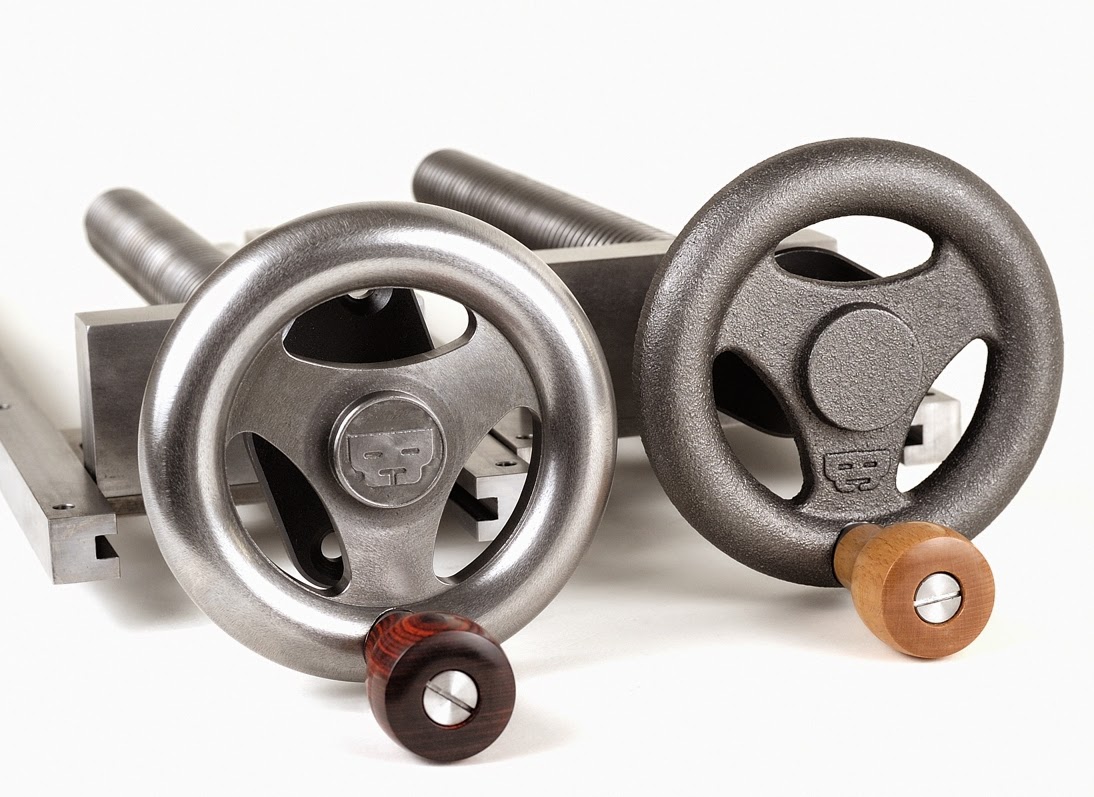The Differences Between Ductile Iron and Gray Iron Castings
Ductile Iron and Gray Iron Castings
Gray iron and ductile iron are differentiated by the type and structure of the carbon present in them. The question, of course, is which one is right for your project? Before we look at possible answers, let’s examine some of the key differences between the two cast irons. For a quick summary, scroll down to the bottom of the blog and check out our chart.
Key Differences
Gray iron and ductile iron are differentiated by the type and structure of the carbon present in them. The question, of course, is which one is right for your project? Before we look at possible answers, let’s examine some of the key differences between the two cast irons. For a quick summary, scroll down to the bottom of the blog and check out our chart.
Key Differences
- Ductility – Ductility is determined by a greater percentage of elongation under tension. The addition of magnesium in ductile iron means that the graphite has a nodular/spherical shape conferring higher strength and ductility as opposed to gray iron which is flake shaped. For example, 18% elongation can be easily achieved with ASTM A395 and A536 grades 60-40-18 material.
- Tensile and Yield Strength – There are certainly differences when it comes to tensile and yield strength of gray and ductile iron. Ductile iron has a minimum tensile strength of 60,000 psi and a minimum yield strength of 40,000 psi. There are many grades of gray iron as per the ASTM A48 standard. While gray iron does not have a measurable yield strength, the range for tensile strength is 20,000 psi – 60,000 psi.
- Impact - Ductile iron has a greater resistance to impacts, and is able to resist a minimum of 7 foot pounds of impact (versus 2 pounds of impact for gray iron).
- Thermal Conductivity – Ductile iron has a lower thermal conductivity than gray iron.
- Vibration Dampening - Gray iron dampens vibrations more effectively than ductile iron.
-
Gray iron can be cast very easily and has good machineability. It is typically used in the following non-critical applications where strength is not the main required property:
- Manhole covers
- Counter weights
- Machinery bases for vibration dampening
Ductile Iron, because of the increased strength and ductility is used in more engineered applications:
- Cable drums
- Frames
- Gear boxes
- Pumps

